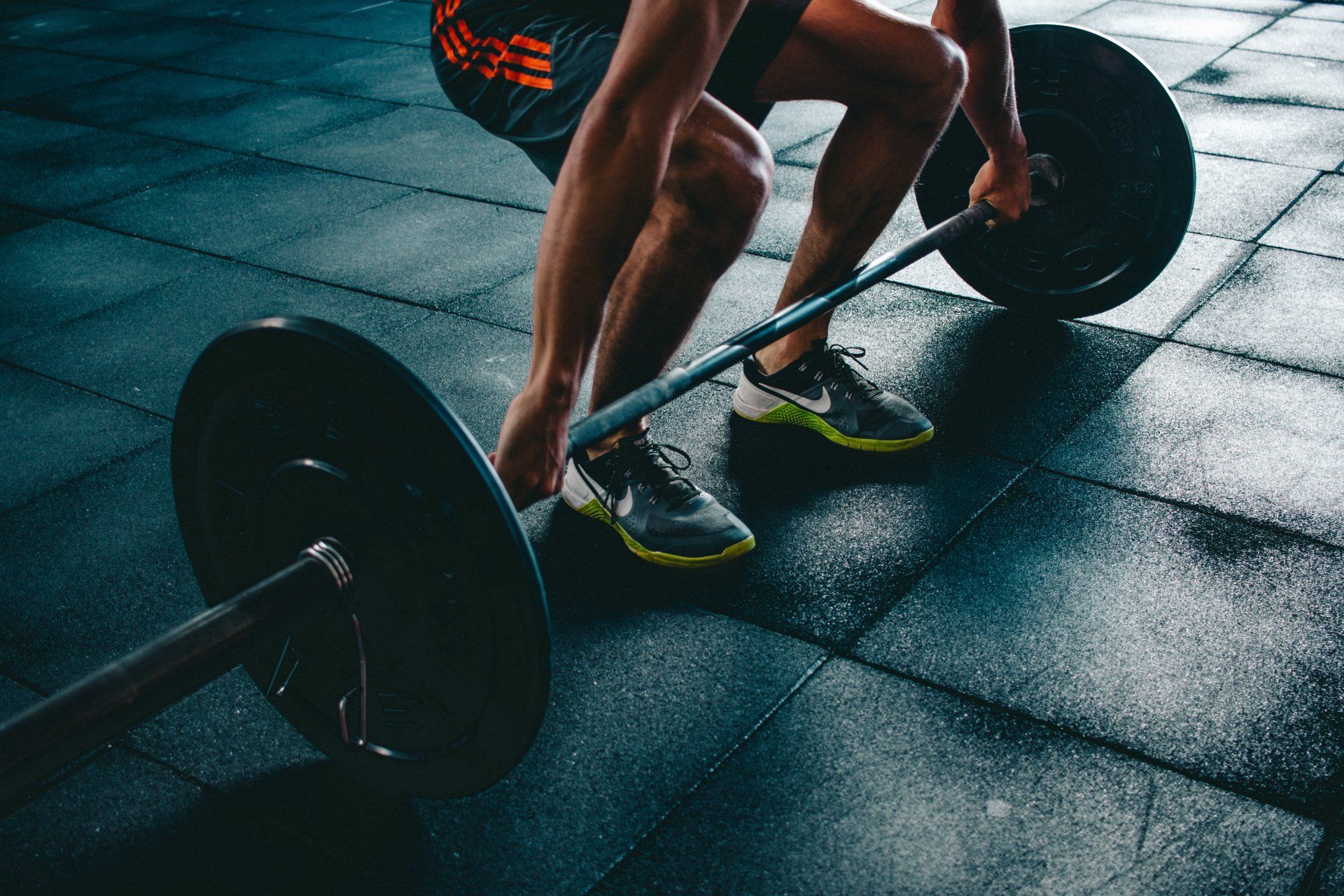Unpacking Body Composition Lingo
“Do you even lift?”

Step #1: Why You Should Lift Your Own Bodyweight First
Why?
Because if you can’t do a movement correctly without weight, how can you expect to do it right WITH weight?
Think about it – if you can’t walk up a flight of stairs normally, would you expect to be able to walk up the flight of stairs carrying a sack of hammers?
No – you would only hurt yourself.
STEP ONE: learn each movement without any bars, dumbbells, or added weight. Practice the movements in your own home without other people around you (so you’ll be less nervous).
Step #2: How to Start Barbell Training with Lifting the Bar
How much does a barbell weigh?
- A standard barbell weighs 45 lbs (20.4 kg).
- A “women’s barbell” weighs 35 lbs (15.8 kg).
If the bar seems too heavy to start:
- See if the gym has a lighter barbell – some have a “women’s bar” or a “training bar” that usually weighs 30-35 lbs and 15 lbs, respectively. These are usually shorter, but that’s okay!
- Start out with dumbbells– while the movement is not the exact same, it allows you to build up the strength:
- This will help you handle a barbell down the road. Focus on bodyweight training (push-ups, pull-ups, lunges, squats until you build the strength to handle the bar.
That means focusing on getting each rep correct, and worrying about adding weight next time.
Check your ego at the door!
If you’re not comfortable with the movement and you start adding weight, not only will you be more likely to injure yourself because your body isn’t ready, but you’ll be more likely to hurt yourself because you won’t be confident under the bar.
Step #3: How To Start Adding Weight to the Barbell
A few common rep ranges for beginner programs are:
- 5 sets of 5 reps
- 3 sets of 8 reps
- 3 sets of 10 reps
No matter how heavy you are going, always start with just the bar to warm up for EACH exercise. As a beginner to strength training, this is especially important to ingrain proper technique.
2) Add a small amount of weight to the bar. Depending on how heavy the bar felt, start by adding:
- 2 – 5 pounds for upper body exercises.
- 5 – 10 pounds for lower body exercises.
3) If you were able to complete those reps both without losing form and without the speed of the bar slowing, add more weight to the bar.
Base the amount of new weight off how it felt – if the last set felt really light, add 5’s, if it felt heavy, add 2.5’s’s.
Step #4: How Do I Know When to Add More Weight?
Once you’ve found your starting weight, you’ll want to start using something called “progressive overload.”
As Coach Jim explains above, progressive overload means gradually increasing the stress put on your body during training.
Conversely, if you do 5 sets of 5 squats at 100 lbs every single workout for months, are you getting stronger?
Most likely not.
The BEST THING YOU CAN DO: slowly add the smallest amount of weight possible, and progress consistently. This is much preferred to progressing quickly and then
Reference:
For full article: https://www.nerdfitness.com/blog/strength-training-101-how-much-weight-should-i-be-lifting/





